
About Acupuncture & Chinese Medicine
Acupuncture

Acupuncture is one of the oldest, most commonly used forms of medicine in the world. Originating in China more than 2,500 years ago, acupuncture is currently one of the most thoroughly researched, practiced, and respected forms of complementary medicine available anywhere.
According to Traditional Chinese Medicine, your overall health is determined by the quality of the Qi (energy) flow through the natural pathways of your body (meridians). Acupuncture uses a variety of techniques, including placing very thin sterile needles into specific points on the body, to stimulate and improve your Qi flow. The many benefits of acupuncture include:
- Pain reduction
- Stress and tension relief
- Increased energy levels
- Stronger digestion
- Relief from bad habits and addictions
- Greater sense of overall health and well-being
Electroacupuncture

Electroacupuncture is a highly effective holistic treatment for pain, nausea, and various chronic ailments. In practice, it is very similar to traditional acupuncture. Using the exact same system of Chinese Medicine, I insert very thin and sterile needles into specific points along the meridians of your body. I then attach the needles to a device that delivers gentle electrical pulses between two points. This helps restore the healthy flow of Qi (energy) through your body, removing any blockages and clearing out stagnant areas, thus creating a stronger and clearer experience of health and well-being. Electroacupuncture is also useful for regulating nerves, whether that be to quiet painful or tingling sensations, or to stimulate nerve healing and regeneration (i.e. regaining sensation after numbness).
Image from Freepik
Cupping
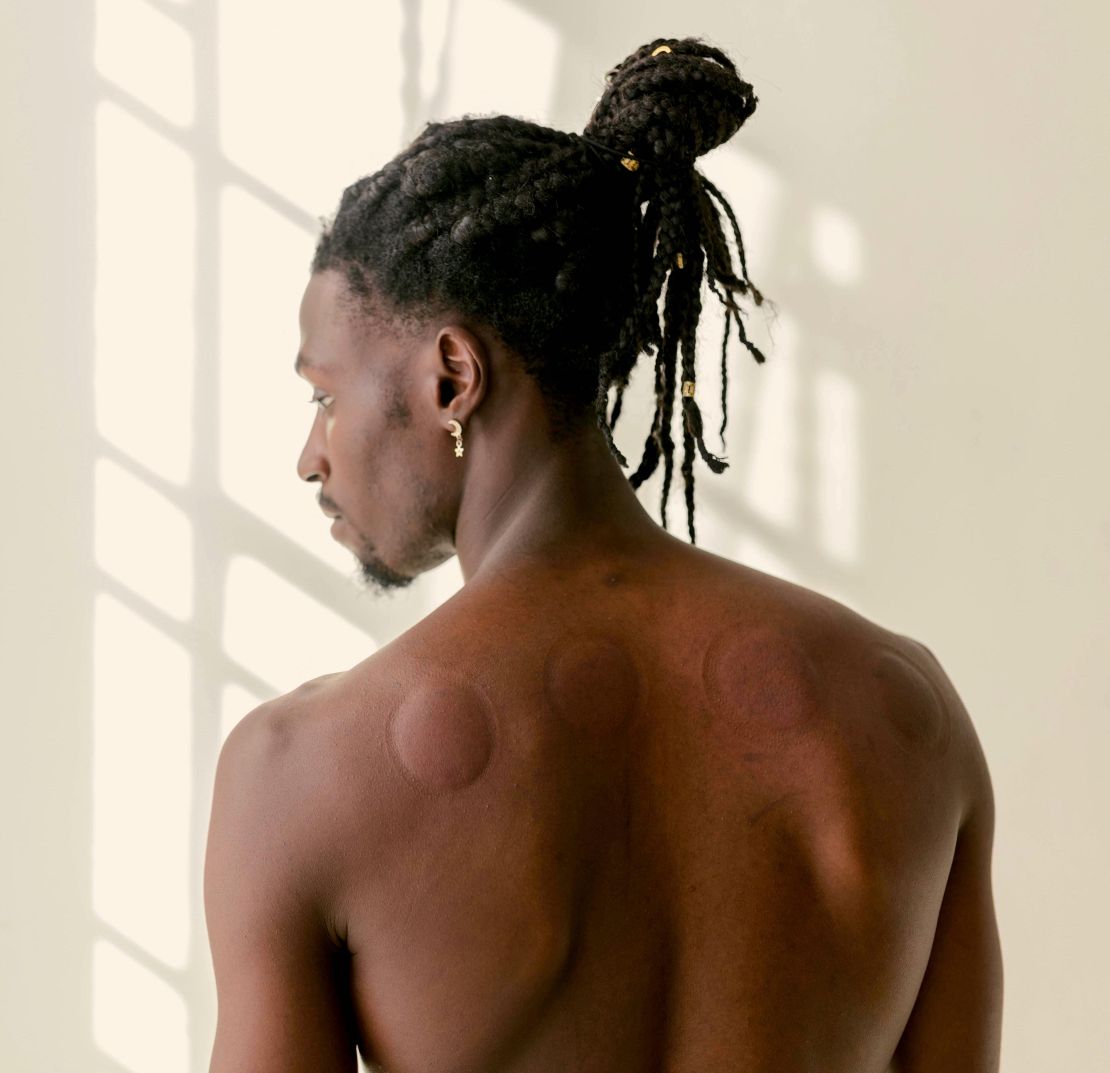
Cupping has been a part of Chinese Medicine for over 2,500 years. It relieves aches and pains, improves circulation, and also helps with respiratory and digestive issues. I simply place a specialized "cup" onto specific points or meridians on your body, and then use suction to draw your skin up into the cups. It draws fresh blood to that area of your body, which facilitates the cleansing and strengthening of your Qi (energy).
Unlike most forms of bodywork/massage which press down into your body, cupping is unique in that it pulls the muscles and fascia upwards into the cup, away from your body. Thus, cupping is able to separate tight tissues that have become stuck together over time. This release allows the muscles and fascia to slide against each other as they should, supporting normal movement of your body. The end result is a greater overall sense of health and well-being.
I offer myofascial treatments that combine cupping, Gua Sha, and Tui Na to meet your body's individual needs. Continue reading to learn more about Gua Sha and Tui Na.
Gua Sha (Scraping)

Although Gua Sha is an ancient healing technique used by Chinese Medicine practitioners for thousands of years, it is relatively unknown in the West. It is recognized throughout Asia as a highly effective treatment for chronic pain conditions, stress, fatigue, and a host of other ailments.
First, oil is applied to a specific meridian (energy pathway) on your body. I then use a smooth round-edged tool to apply strokes to that area. Typically tools are specially shaped and made of stone or animal horn; Chinese soup spoons and coins are also commonly used. This scraping creates red patches of skin (called "Sha"); detoxifying your blood and restoring the healthy flow if Qi (energy) to the area. There is minimal pain involved, and the Sha will fade in 2 to 3 days. But the sense of health and vitality you experience from it will last much longer.
Tui Na (Chinese Therapeutic Massage)
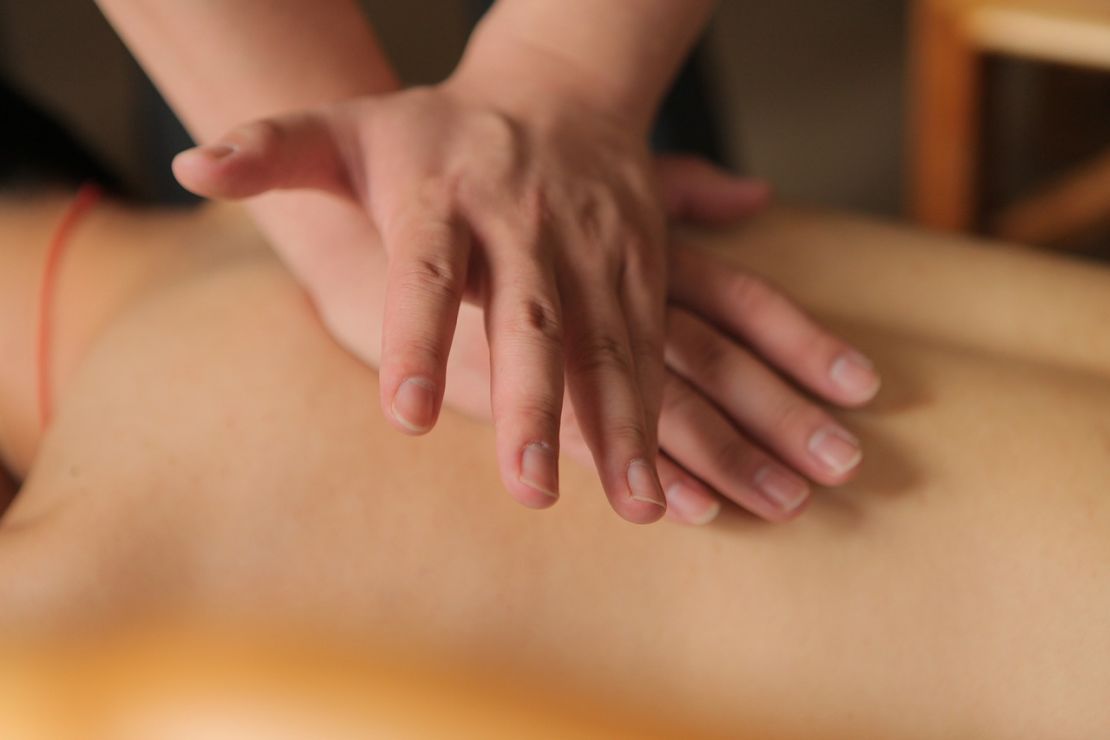
Tui Na is an ancient form of bodywork that is based on the principles of Traditional Chinese Medicine. I use a variety of pressures and strokes along the meridians (energy pathways) of your body to both relax your muscles and also stimulate the flow of energy throughout your body. By treating both the physical (musculature) and energetic (Qi) levels of your body at the same time, I can achieve results far beyond what you’d receive from a conventional massage therapy session.
Moxibustion
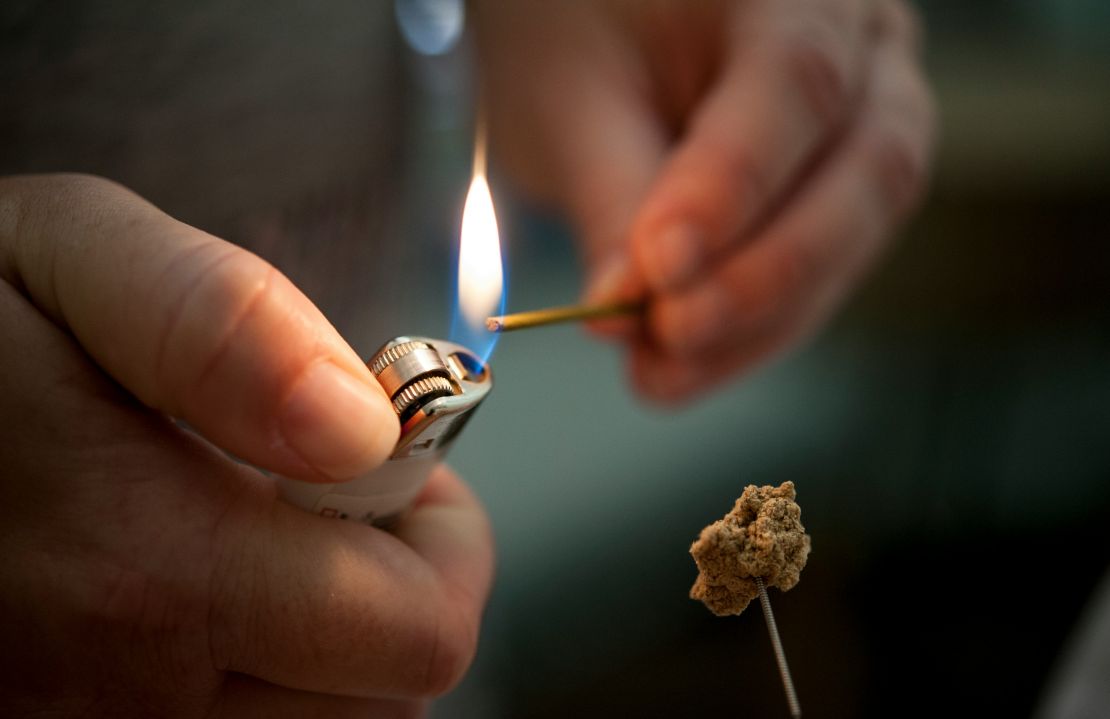
Moxibustion is a Traditional Chinese Medicine technique that involves the burning of mugwort, a small, spongy herb, to facilitate healing and health. Moxibustion has been used for healing purposes throughout Asia for thousands of years. The purpose of moxibustion, as with most forms of Traditional Chinese Medicine, is to strengthen the blood, stimulate the flow of Qi (energy); and enhance your overall vitality and health.
Among other benefits, a landmark study published in the Journal of the American Medical Association in 1998 found that 75.4% of women suffering from breech presentations before childbirth had fetuses that rotated to the normal position after receiving moxibustion at an acupuncture point on the bladder meridian.
Microneedling/Collagen Induction Therapy
Microneedling, also known as collagen induction therapy, is a modern version of an ancient cosmetic therapy that actually predates acupuncture. Thousands of years ago, Chinese emperors, empresses, and others within the royal palace used
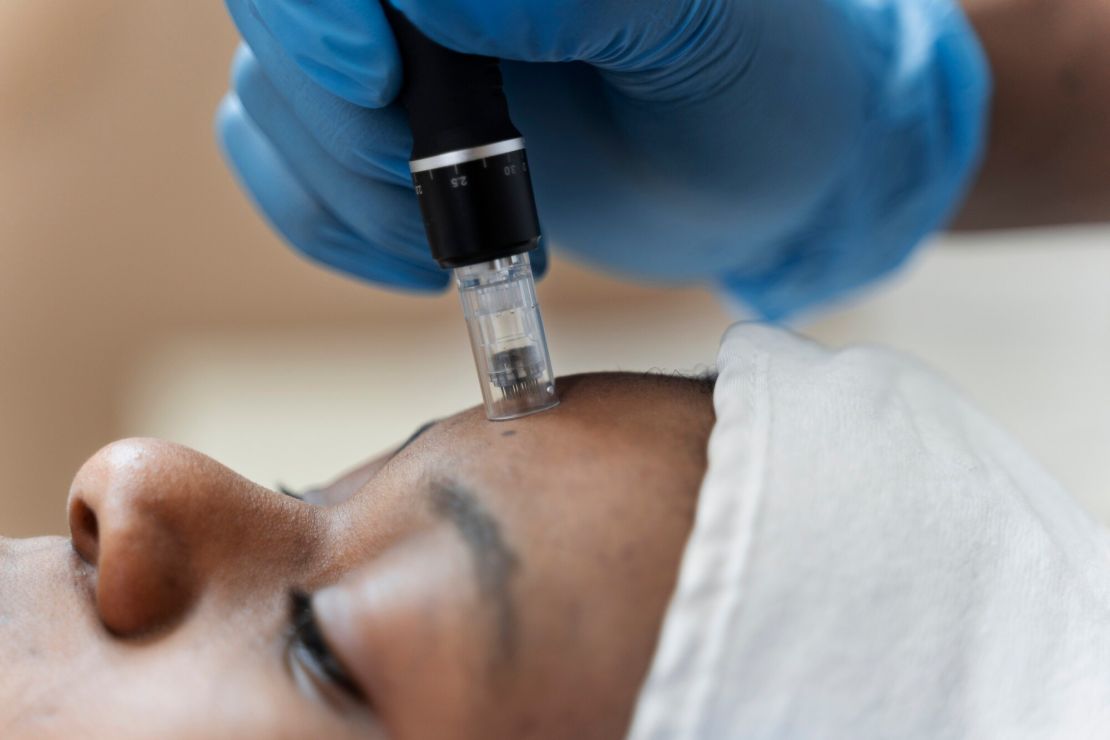
facial stamps covered with many tiny needles to maintain their beauty. Though these stamps are relatively crude compared to modern microneedling, the stimulation of the face with tiny needles has long been a part of Chinese medicine. Nowadays, a mechanic pen with rapidly oscillating microneedles is used for this cosmetic practice. These needles create micro channels, or small controlled injuries, in the skin to stimulate its repair response. As a result, collagen and elastin production increase significantly and product absorption increases up to 3000x. I pair this powerful cosmetic treatment with therapeutic herbs, apple and/or orange stem cells, hyalauronic acid, and a cooling aloe mask to finish.
This treatment is effective for a wide array of cosmetic applications, including: wrinkles, active acne and acne scars, other types of scars, age/sun spots, uneven skin tone, stretch marks, vitiligo, and hair loss/alopecia.
Pulse Diagnosis
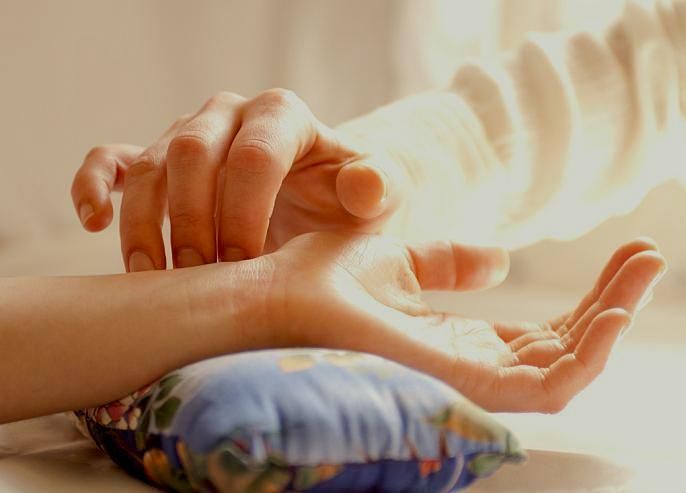
One of the most common questions that patients ask about Chinese Medicine is: "Why does my practitioner check my pulse?" Pulse diagnosis is actually one of the most complex and important diagnostic techniques we use in Chinese Medicine. Through feeling and evaluating your pulse, I obtain an accurate diagnosis of your overall constitution, Qi (energy) flow, and internal organ health, among other things. I then synthesize all of this information into a highly effective and individualized treatment plan for your specific needs.
Interested in learning more?
To learn more about acupuncture and Chinese medicine, check out some of these resources:
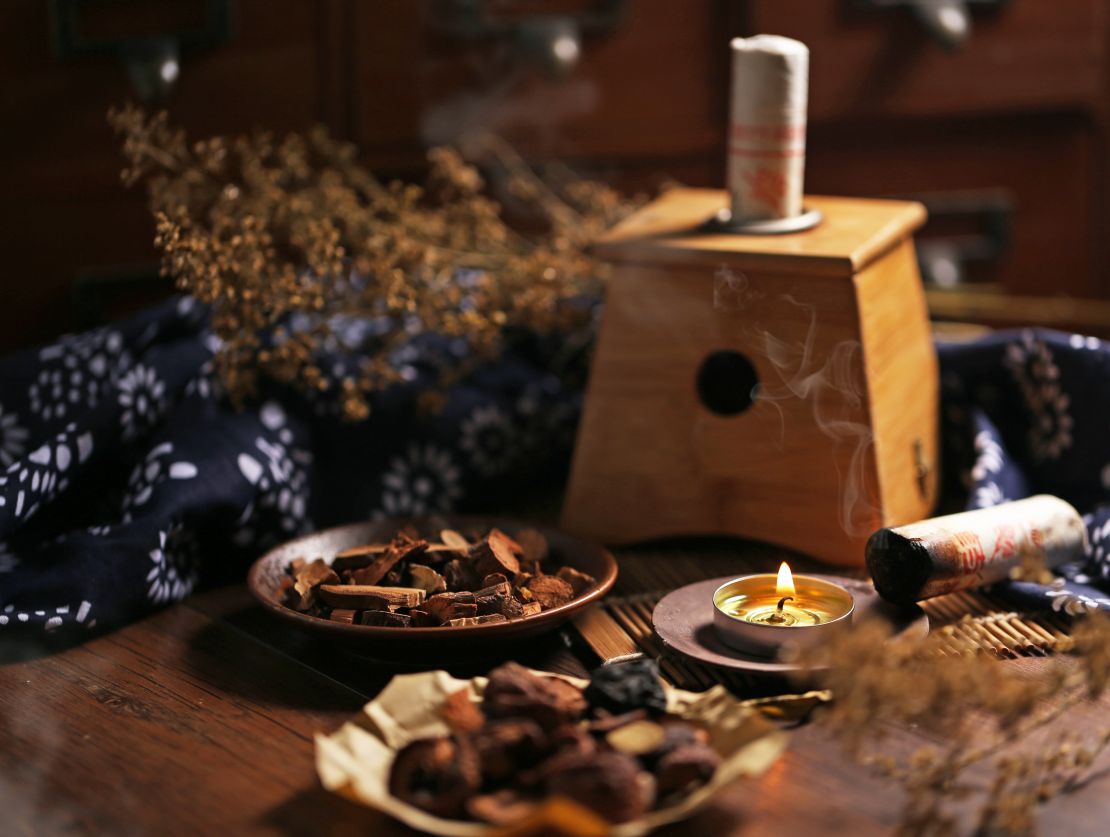
Jill Blakeway's blog post: 'Acupuncture 101: The Basics & How It Works'
Ted Kaptchuck's book: 'The Web That Has No Weaver: Understanding Chinese Medicine'
Evidence Based Acupuncture, a website and organization that presents acupuncture from an evidence-based, scientific approach
Two articles by Paula Bruno, on how acupuncture and Chinese bodywork can specifically benefit patients with Ehlers-Danlos syndrome. She also has a book.